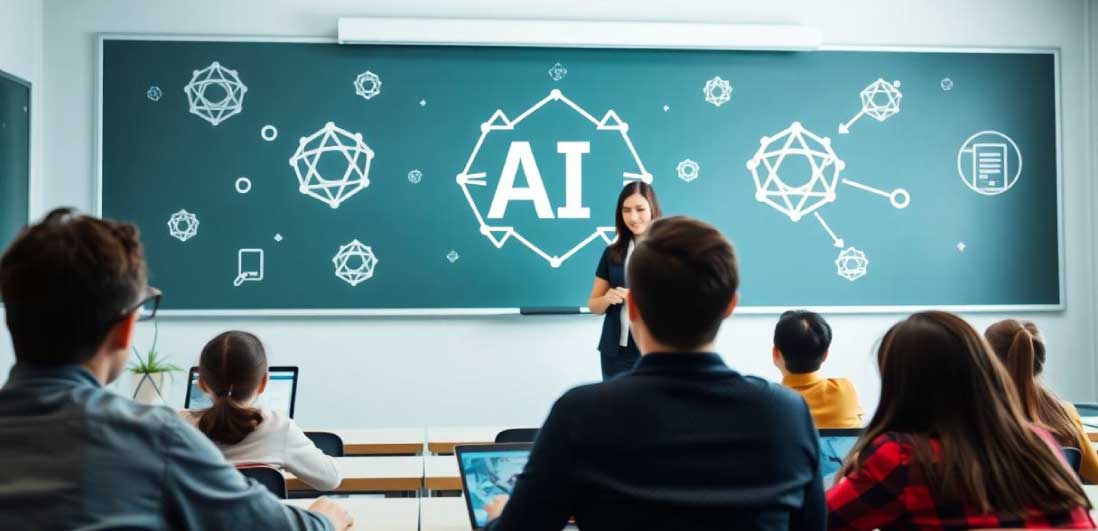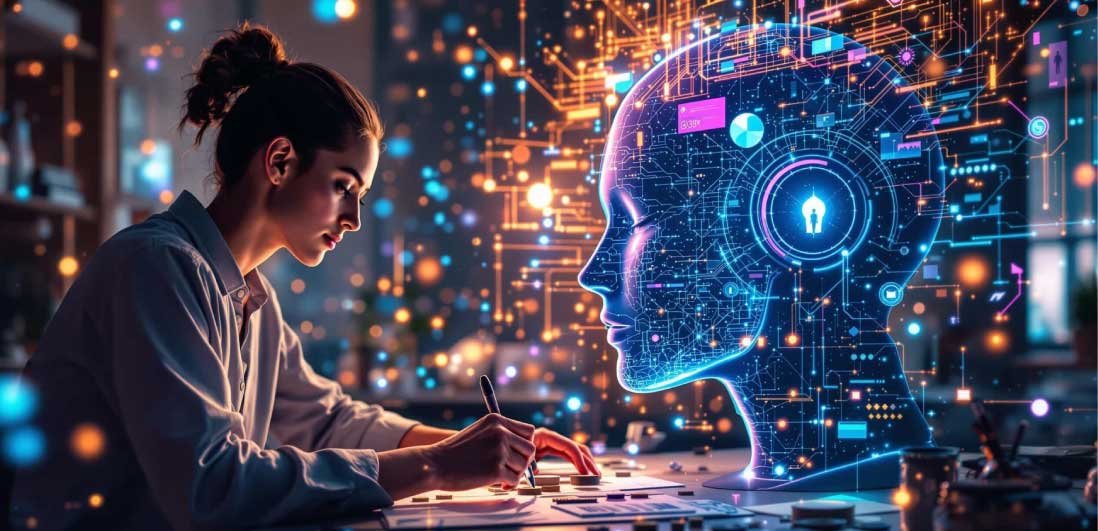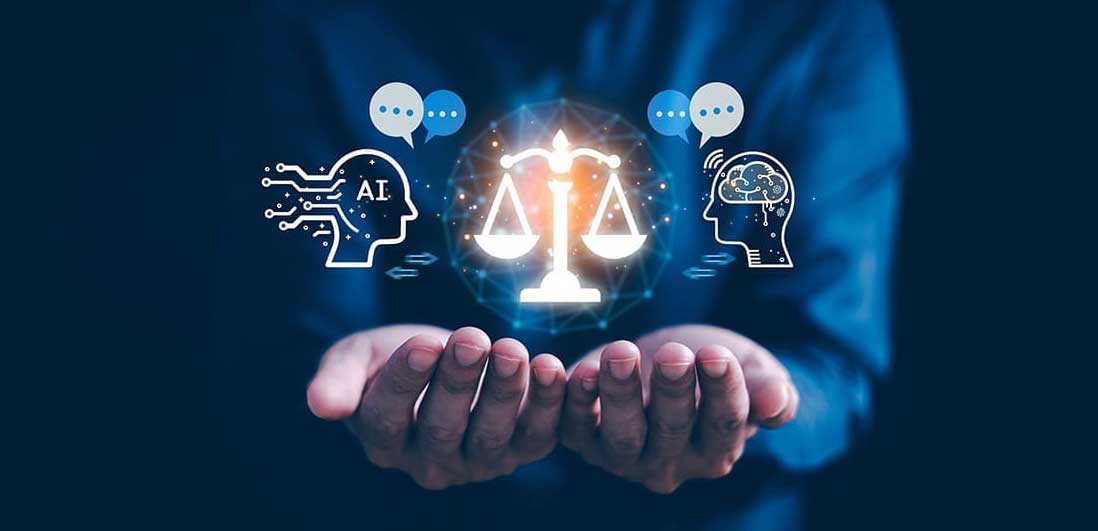1. Introduction: The Turing Test for the Soul?
Alan Turing was initially preoccupied with intelligence and conversation when he proposed his celebrated “Imitation Game”, meant to test a machine’s intelligence against a human’s. In the contemporary world, we face an even more serious challenge: the Turing Test for the soul. With machines writing thoughtful poetry, producing stunning art, and crafting flawless codes, we are left pondering whether the old question should even enter the minds of philosophers and artists: Are machines truly capable of creating art? This is not an easy yes-no answer but rather a kind of existential journey where our definitions of art, originality, and the human spirit meet their testing ground.
2. Defining the Undefinable: What Do We Mean by 'Creativity'?
If we are to judge machines, we must first figure out what we measure their performance against. Creativity has notoriously proved to be slippery, but most definitions revolve around two primary poles: novelty and value. A creative act produces something new, something surprising, or something original. Novelty alone will not suffice, though – a splattered canvas may well pass the test of novelty but hardly be seen as a creation. For the simple reason that it must have some merit; that is, it should be meaningful, useful, or beautiful or at the very least, thought-provoking – for someone else.
Beyond the bare minimum, we often consider creativity to have further attributes – intention (a conscious will to express), emotion (drawing from or evoking feeling), and understanding (a deep comprehension of the context and rules before choosing to break them). The deeper layers are what fuel the argument.
3. The AI Toolkit: How Machines Actually "Create"
GIANT DATASETS OF EVERY LANGUAGE UNDER THE SUN, MOSTLY LIKE NATURE’S DEFENCE AGAINST HIS LIKELY MODERATION IN IMAGES, EVEN WITH GHOSTS.
Was born a great poet that way, and how henceforth men run after him with stories of magic. We talking computers to small diffabolic models and related numbers, such as that from the divisions for images e.g. and even “the moon is a mysterious shying.” Not understanding art, rightly speaking – it recognizes some mathematical definitions, very complex statistical patterns. Upon them, all language models presented, such as the renowned GPT, and all big examples of images, like diffusion models. Text generators learn from statistics about which word, on average, is most likely to follow another.
4. The Imitation Game: AI as the Ultimate Mimic
Similar works: “an astronaut riding a horse” is understood by a renderer to mean that it knows what all those pixels in that image form. It learns what kind of chemical reaction, for example, goes where upon receiving the prompt of an input work. Basically, it’s a super-advanced engine built for pattern matches and recombination. Hence, AI’s strength is also the greatest limitation: it becomes the ultimate mimic. The product itself often is magnificent remixes with respect to the ultimate analysis. Take every definition given by an AI: it will mix it all up and create a brand new painter as Van Gogh himself by painting the strokes of the brush put in the works by Van Gogh in his loft.
5. Beyond the Algorithm: The Human Spark of Intention and Emotion
That’s where it seems humanity’s case is much more valid. A human poet does write a sonnet on loss, not just to arrange some words within a framework of fourteen lines but to handle a grief too deep, too closely personal for words. A painter will rage towards my purples and along jagged lines in order to express inner tumult. This creative act is a much more conscious act of intention coupled with experienced embodiments. Our creativity comes from the chaos, the emotion, and the sensory experiences of life: that sunrise brightness, the sensation of a heartbreak, the memory of a childhood home. An AI has no childhood; its heart is not going to break. It can describe the breaking of that heart because it has read about that event ten million times over; it does not feel the ache. An impulse to communicate meaningfully from within- towards another is probably the spark.
6. The Collaborator, Not the Competitor: AI as a Creative Partner
The big question, then, is whether we have posed the correct question. The question is not about “Can AI replace human talent in artistic endeavours?” But “How can AI empower the human artist?” And this is the most exciting and, I would argue, practical application of creative AI in the present day. A creative blockage for an artist can generate a dozen opening paragraphs. Today AI generates hundreds of initial logo concepts within mere minutes for a graphics designer. It can also suggest a chord progression they might never have thought of for a musician. Here, AI becomes that boundless, instantaneous assistive intellect-the creative assistant for all things that stand in the way of generation and iteration, letting the human focus on curation, emotional depth, and strategic direction. It becomes a still-powerful new brush, not the painter.
7. Case Study: AI in the Wild – Art, Music, and Writing
The output itself provides the evidence. The sale of the AI-created portrait “Edmond de Belamy” at Christie’s for $432,500 gave rise to heated discussions on the matter of art value. AI systems with a purpose in the area of music composition, ranging from AIVA to those more focused on simple production of classical scores for use in film or video games, and writing programs using works such as Sudowrite and Jasper assist authors with brainstorming and draughting. The truth is that painting “Edmond de Belamy” was the work of a group of human artists who coded the AI. Invariably the choosing, editing, and incorporating of the AI-composed film score are done by the human composer. The AI does the grunt work, and the human does the creative work.
8. The Blank Canvas Problem: Can AI Have an Original Thought?
This brings us to the core philosophical issue: the blank canvas. Can an AI trained only on the past possibly create anything that pivots the opposite way? Can it conjure a creative act without the intercession of a human? Oftentimes human creativity defines itself in terms of the rebellion against something. For a new take on that rebellion, is there the new view or the social change that brings it forth? By this measure, AI’s “originality” is just bound by what input it gets. It may combine things in a way that might, for good or ill, be understood as a “cyberpunk Shakespearean sonnet” or whatever. Still, it almost certainly could not propose an entirely new art movement like Cubism or musical genre like Jazz from first principles. That canvas is never truly blank; it is always filled with the memories of human creations.
9. Redefining Creativity in the Age of AI
Indeed, the ascendance of AI now compels the expansion and fine-tuning of all definitions of creativity. Perhaps we shall all agree now that there are some different kinds of creativity: “Combinational creativity” (where an entirely new combination of already known ideas creates something new) is what AI does best. “Exploratory creativity” (the navigation of rules and styles within a clearly defined conceptual space) would also lie in the scope of the AI. Only “transformational creativity”: the radical change in the very conceptual space itself to create something that was unimaginable before might, for now, still remain a uniquely human faculty. The output of AI is not material at mystical origin but simply in its apparent beauty and utility.
10. Conclusion: The Symphony of Human and Machine
So, can machines be truly creative? If we take creativity as the production of the new and valuable, the answer would be yes. But if we take it to be an act issuing from conscious intention, emotional experience, and a transcendent comprehension of the world, then the answer would be No
But the future is not binary. It is a concerto. Man plays the melody and the theme; he gives the intent and the emotional depth. AI, on the other hand, contributes the instrumentation, the variations, and the harmonic complexity—the powerful and limitless orchestra. The most beautiful masterpieces of the coming century will perhaps not be declared as “man-made” or “AI-generated”. Instead, they will be labelled as “composed in collaboration”. It may well be that AI will not produce a replacement for all the creativity that we have experienced but will serve as a mirror to itself, helping us reveal the human quality of creativity more profoundly than ever before.



